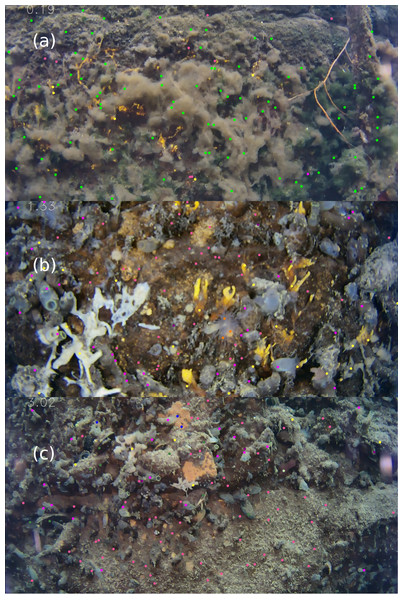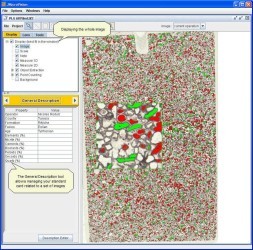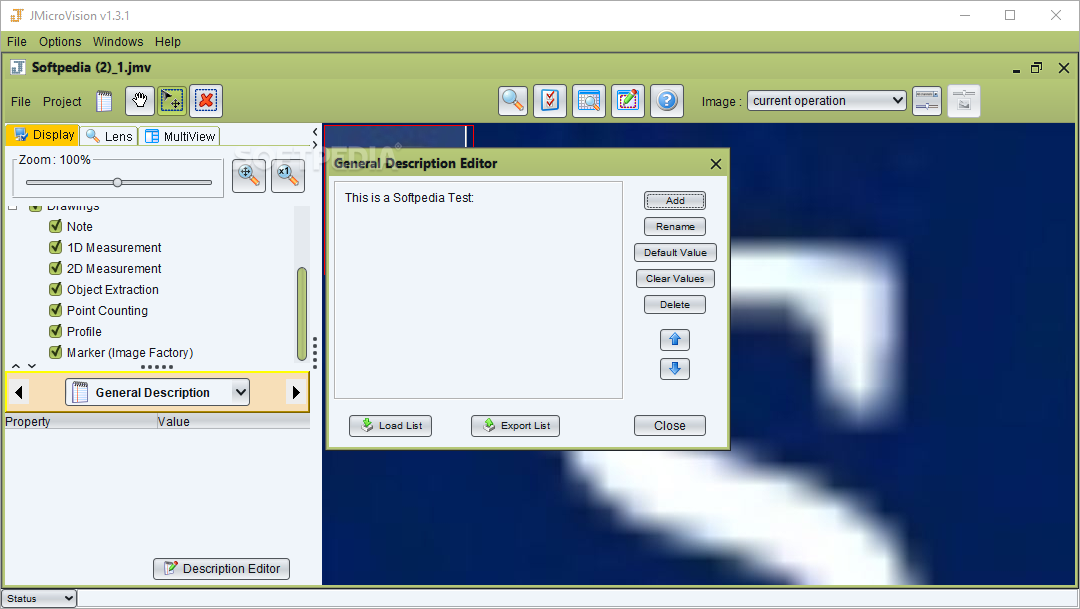

- #JMICROVISION PLUGINS HOW TO#
- #JMICROVISION PLUGINS INSTALL#
- #JMICROVISION PLUGINS UPDATE#
- #JMICROVISION PLUGINS MANUAL#
- #JMICROVISION PLUGINS SOFTWARE#
You can use the KOMPLETE START audio bundle with any VST, AU, and AAX plugin compatible DAW (Digital Audio Workstation). However, music producers can now access all these elements with a single product bundle, making the entire audio-mixing process more convenient and quick. It’s a complete audio-mixing bundle that contains a variety of VST plugins, virtual instruments, thousands of audio effects, and several other free resources for music production.Įarlier all these elements were available individually. Native Instruments has done a remarkable job by releasing KOMPLETE START. You might also like: 8 Best DAW for Chromebook to Make Music Best Free VST Plugins 1. So, without any further ado, let’s start the list. That’s why we’ve put together a list of 10 best free VST plugins so that you can pick the best ones to fulfill your requirements. Of course, with so many available options, it can get a bit hectic to evaluate which VST plugins are worth installing.
#JMICROVISION PLUGINS INSTALL#
Instead of buying expensive music instruments, they can install dedicated plugins and get the same results without any hassle. Rasband was intrigued by the idea of creating a version of NIH Image that would "run anywhere", including as an applet in Web browsers.With the release of different VST plugins, it has become more convenient and inexpensive for a music producer to mix a track. Rasband started work on ImageJ in 1997, when Java was becoming popular. Rasband was a Mac enthusiast, and the Mac II had card slots just like the PDP-11. It was written in Pascal, ran on PDP-11 minicomputers and ran in only 64KB of memory! Rasband started work on the second, NIH Image, in 1987 when the Mac II became available. The first imaging program that Wayne Rasband developed, starting in the late 70s, was called simply "Image". It is the direct predecessor of ImageJ, and is no longer under active development (though see ImageSXM below). NIH Image is a public domain image processing and analysis program for the Macintosh. The ImageJX project formed the basis of an application to NIH for funding, which is what launched the ImageJ2 project (see above). The prototype demonstrated this flexibility by recasting the program in Swing.
#JMICROVISION PLUGINS SOFTWARE#
The ImageJX software prototype was a proof of concept-an attempt to reorganize ImageJ's internals to make it more flexible. There was an ImageJX mailing list as well as an ImageJX software prototype. ImageJX was created as a means to discuss and explore improvements to ImageJ.
#JMICROVISION PLUGINS UPDATE#
In response, the software team at LOCI created the Cookbook user guide and update site, which includes most of the same plugins.

#JMICROVISION PLUGINS MANUAL#
Unfortunately, the manual went offline in late 2012. It was a great resource by microscopists, for microscopists.
#JMICROVISION PLUGINS HOW TO#
It went hand in hand with a comprehensive manual describing how to use the bundle with light microscopy image data. The MBF "ImageJ for Microscopy" bundle (formerly WCIF ImageJ) is a collection of plugins and macros, collated and organized by the MacBiophotonics facility. It was designed to be used in classrooms, and has been localized into over 30 different languages. SalsaJ is a closed-source fork of ImageJ1 intended for use with professional astronomy images. ImageJ2x is a fork of ImageJ1, modified to use a Swing interface. Image SXM is a version of NIH Image that has been extended to handle the loading, display and analysis of scanning microscope images.Įrror creating thumbnail: Unable to save thumbnail to destinationĪstroImageJ is ImageJ with astronomy plugins and macros installed. ImageJFX is a new user interface for ImageJ, built using JavaFX. It is what ImageJ2's legacy support uses at its core. ImageJA is a project that provides a clean Git history of ImageJ1, with a proper 'pom.xml' file so that it can be used with Maven without hassles. It has a strong, established user base, with thousands of plugins and macros for performing a wide variety of tasks. ImageJ2 provides several significant new features, such as an automatic updater, and improved scripting capabilities.Ī stable version of ImageJ which has been in development since 1997. It is a complete rewrite of ImageJ, but includes ImageJ1 with a compatibility layer, so that old-style plugins and macros can run the same as always. We recommend Fiji as the preferred version of ImageJ.Ī new version of ImageJ targeting scientific multidimensional image data. It is actively maintained, with updates released often.

It is a distribution of ImageJ with many plugins useful for scientific image analysis in fields such as life sciences. For the historical context of these projects, see History below.įiji is Just ImageJ, with extras. Below is a table which should help to clarify the purpose of each. There are a few different flavors of ImageJ with very similar names, and some confusion is inevitable.


 0 kommentar(er)
0 kommentar(er)
